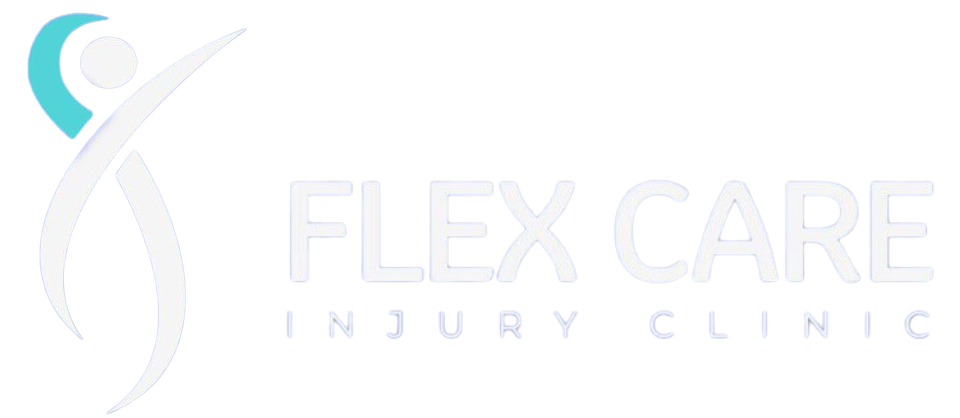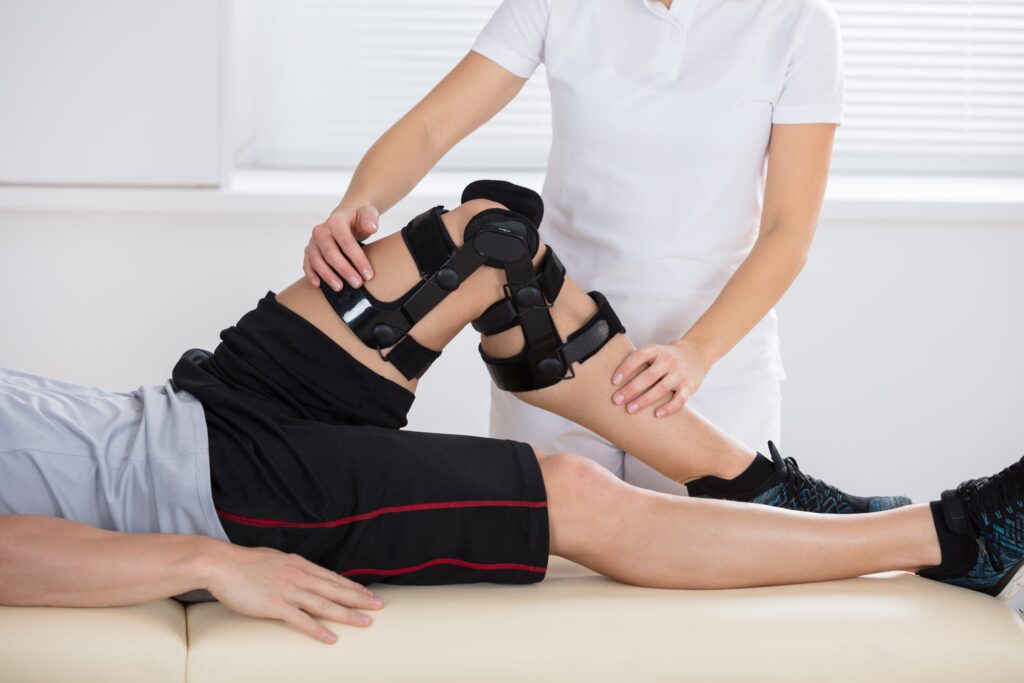An anterior cruciate ligament (ACL) rupture is one of the most common and serious knee injuries, particularly among athletes. The ACL is a crucial ligament in the knee that provides stability by preventing excessive forward movement of the tibia (shinbone) relative to the femur (thighbone) and controlling rotational movement. When this ligament is ruptured, it can lead to significant pain, instability, and a long recovery process.
Understanding ACL Ruptures
The knee joint is made up of four primary ligaments: the ACL, the posterior cruciate ligament (PCL), and the medial and lateral collateral ligaments (MCL and LCL). The ACL runs diagonally in the middle of the knee, playing a vital role in maintaining the joint’s stability.
An ACL rupture occurs when the ligament is overstretched or torn. This can happen due to:
Sudden Stops or Changes in Direction: Sports that involve quick pivoting or cutting movements, such as soccer, basketball, and skiing, are common culprits.
Direct Impact: A direct blow to the knee, such as in a football tackle or a car accident, can also cause the ACL to rupture.
Landing from a Jump: Landing awkwardly from a jump, especially with a straight knee, can put extreme stress on the ACL, leading to a tear.
Symptoms of an ACL Rupture
An ACL rupture is typically characterized by:
A Loud “Pop” Sound: Many people report hearing or feeling a “pop” in their knee at the time of injury.
Severe Pain: Intense pain occurs immediately after the injury, often preventing the individual from continuing their activity.
Rapid Swelling: Swelling usually develops quickly, within a few hours of the injury, due to bleeding within the knee joint.
Instability: The knee may feel unstable or give out when trying to stand, walk, or change direction.
Limited Range of Motion: Pain and swelling can make it difficult to fully straighten or bend the knee.
How Physiotherapy Can Help
Physiotherapy is essential in both the non-surgical and post-surgical management of an ACL rupture. It plays a crucial role in reducing pain and swelling, restoring knee function, and strengthening the muscles around the knee to support recovery and prevent future injuries.
1. Pre-Surgical Rehabilitation (Prehab)
If surgery is necessary, many orthopedic surgeons recommend pre-surgical rehabilitation, or “prehab,” to prepare the knee for surgery. Prehab focuses on reducing swelling, restoring range of motion, and strengthening the muscles around the knee.
Reducing Swelling and Inflammation: Techniques such as ice therapy, compression, and elevation are used to control swelling and reduce pain.
Restoring Range of Motion: Gentle stretching exercises help to regain full knee extension and flexion, which is important for a successful surgical outcome.
Strengthening Exercises: Prehab includes exercises to strengthen the quadriceps, hamstrings, and hip muscles, which can improve knee stability and aid in post-surgical recovery.
2. Post-Surgical Rehabilitation
After ACL reconstruction surgery, physiotherapy is critical to a successful recovery. The rehabilitation process is typically divided into phases, each with specific goals and exercises tailored to the patient’s progress.
Phase 1: Early Recovery (0-6 weeks)
Focus: Reducing pain and swelling, protecting the surgical repair, and beginning gentle range of motion exercises.
Exercises: Passive and assisted knee bending and straightening exercises, gentle quadriceps activation, and patellar mobilizations.
Phase 2: Intermediate Recovery (6-12 weeks)
Focus: Restoring full range of motion, increasing weight-bearing activities, and building muscle strength.
Exercises: Stationary cycling, closed-chain exercises (e.g., mini-squats), and progressive resistance training.
Phase 3: Advanced Recovery (3-6 months)
Focus: Building strength, stability, and endurance in the knee to prepare for return to normal activities and sports.
Exercises: Plyometric exercises, balance and proprioception training, and sport-specific drills.
Phase 4: Return to Sport (6-12 months)
Focus: Ensuring the knee is strong, stable, and ready for the demands of sports or high-impact activities.
Exercises: Advanced strength training, agility drills, and simulated sports activities under the guidance of a physiotherapist.
3. Non-Surgical Rehabilitation
For some individuals, particularly those who are less active or have a lower demand on their knee, non-surgical management of an ACL rupture may be appropriate. In these cases, physiotherapy focuses on:
Strengthening and Stabilizing the Knee: A comprehensive exercise program is developed to strengthen the quadriceps, hamstrings, and hip muscles, which can help compensate for the lack of ACL stability.
Improving Proprioception and Balance: Balance exercises and neuromuscular training help improve the body’s ability to sense joint position, which is crucial for knee stability.
Activity Modification: Physiotherapists may recommend modifying activities to reduce stress on the knee, such as avoiding pivoting or cutting movements.
4. Return to Activity
Whether managed surgically or non-surgically, one of the key goals of physiotherapy is to safely return the patient to their previous level of activity. This process includes:
Functional Testing: Before returning to sports or high-impact activities, patients undergo functional testing to assess strength, stability, and agility.
Sport-Specific Training: Physiotherapists design sport-specific drills that mimic the movements and demands of the patient’s sport or activity.
Injury Prevention: Education on proper techniques, warm-up routines, and strength training can help reduce the risk of re-injury.
Conclusion
An ACL rupture is a serious injury that requires careful management to ensure a full recovery. Whether you undergo surgery or opt for non-surgical treatment, physiotherapy plays a vital role in reducing pain, restoring knee function, and preventing future injuries. By following a structured rehabilitation program tailored to your specific needs, you can regain strength, stability, and confidence in your knee, allowing you to return to your daily activities and sports. If you’ve suffered an ACL rupture, consulting with a physiotherapist early on can significantly improve your recovery outcomes and help you achieve a successful return to your active lifestyle.


